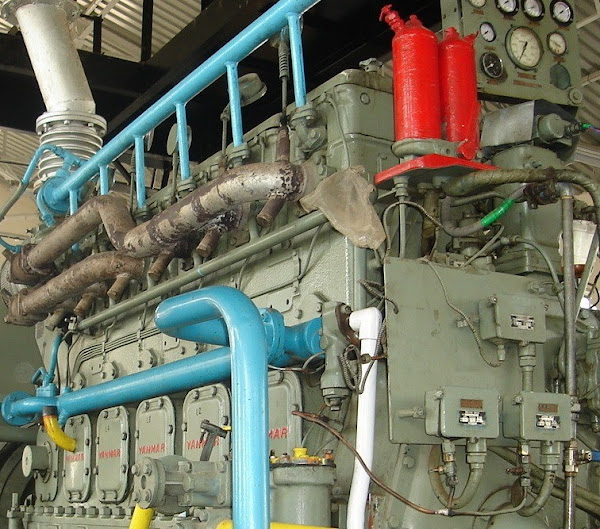#40 Starting Procedure for Turbine Generator on Ship

With its fixed and moving cutting edges and alternators, the steam turbine is a heat engine that converts high temperature and high strain steam intensity energy to mechanical or electrical energy. The steam turbine serves a number of functions and is an ideal core player. In power plants, larger steam turbines are used to power generators, and smaller steam turbines can be used to power siphons and fans. The power range of steam turbines is 0.5 to 200,000 HP. In order to prevent the smooth operation of the entire system, the ship's turbine generator has suitable standard operating procedures under sequential starting and shutting down procedures. The right technique makes sure that no equipment component experiences any form of stress, whether thermal or mechanical. Additionally, it ensures that no additional time is wasted as the ship operates. Following are the proper procedures for the ship's steam turbine generator: Pre-starting procedures All bearing points should ...







